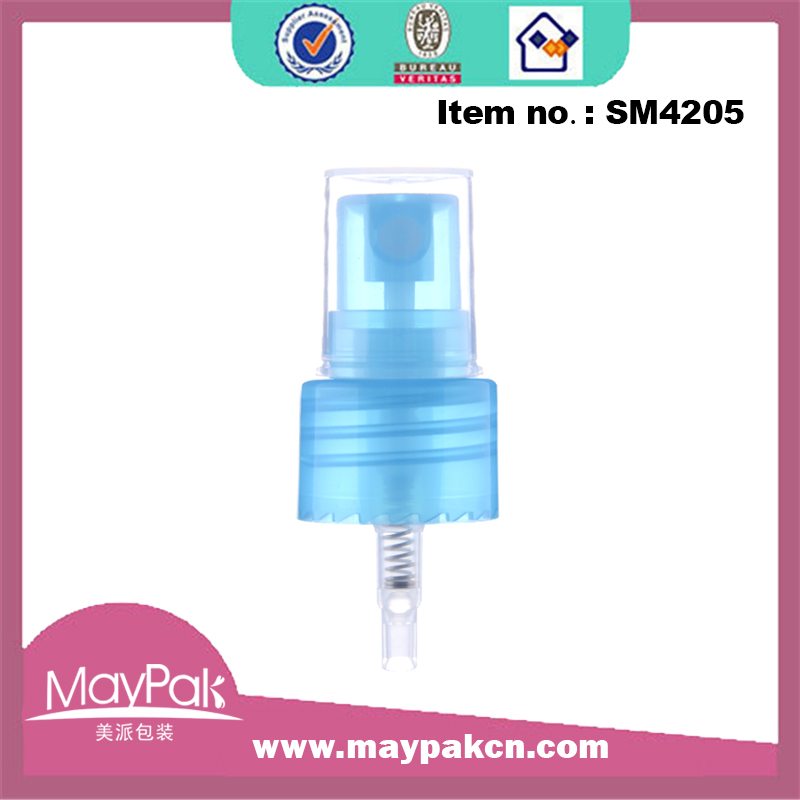
13
Feb
Polyvinyl Chloride (PVC)
Polyvinyl Chloride (PVC) – A polymer made by the catalytic polymerization of vinyl chloride. PVC also includes copolymers that contain at least 50% vinyl chloride. The neat homopolymer is hard, brittle and difficult to process, but it becomes flexible when plasticized. Polyvinyl chloride molding compounds can be extruded, injection molded, compression molded, calendered, and blow molded to form a huge variety of products, either rigid or flexible depending on the amount and type of plasticizers used. There are more compounding recipes for PVC than for any other polymer. Rigid PVC is strong, difficult to burn, has excellent resistance to strong acids and bases, to most other chemicals, and to many organic solvents. Additionally, polyvinyl chloride is one of the least expensive plastics.
Polyvinyl chloride (PVC) was first produced commercially in the USA in 1933 and had an important use as cable insulation during the second World War. Polyvinyl chloride then became used for many more applications soon after.